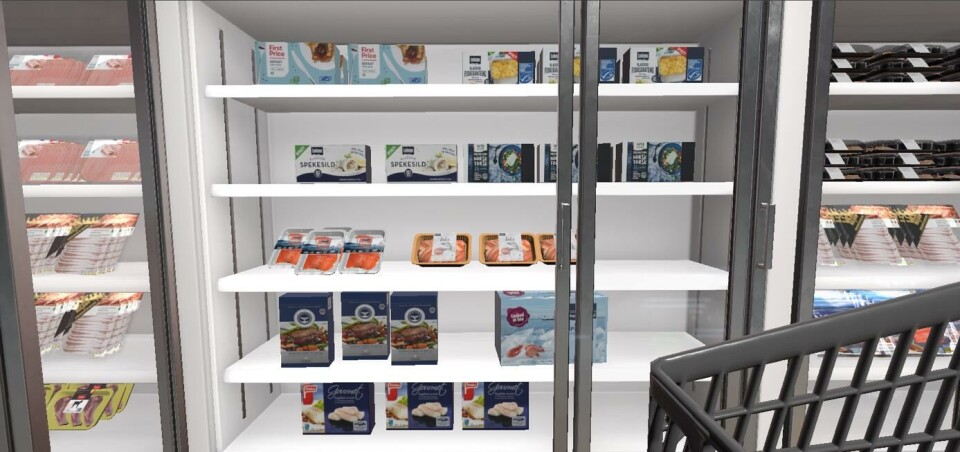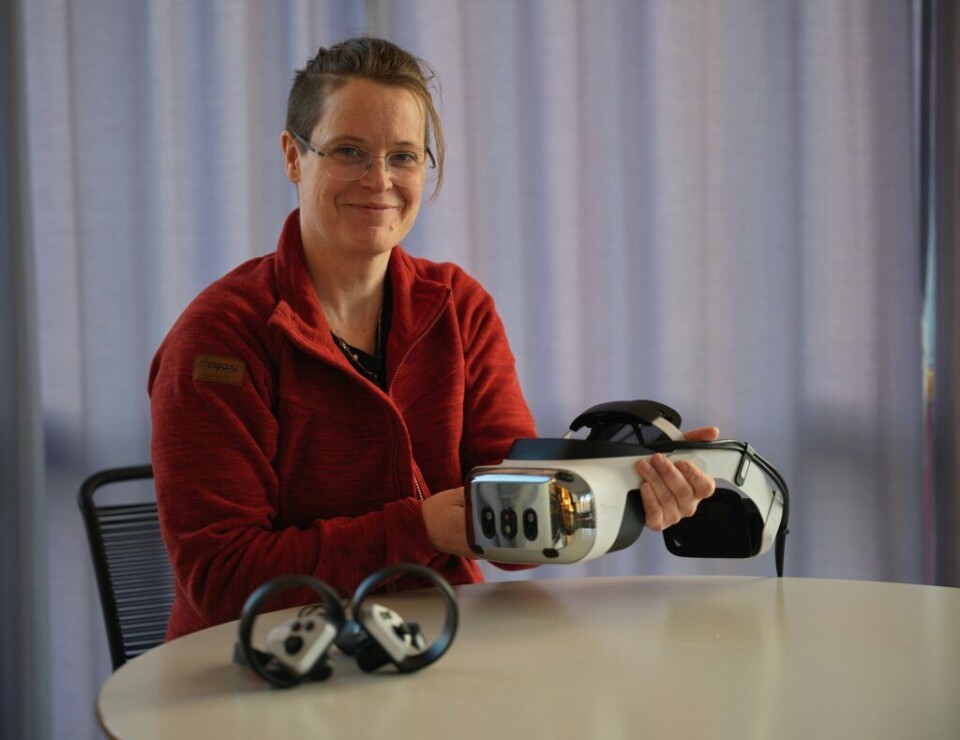
Shoppers influenced more by flag than sustainability in experiment
Researchers also hear of scepticism about farmed fish - but it was still popular choice
Young adults shopping for seafood in a virtual reality grocery store paid more attention to country of origin than sustainability labels, researchers at Norwegian food research institute Nofima discovered.
A total of 18 young adults aged 18 to 35 participated in the government-funded study, Nofima reports on its website. Equipped with virtually reality (VR) glasses which also recorded eye-tracking data, and sensors on their hands to measure emotional arousal, participants were asked to choose two of nine different seafood products and placing them in a shopping cart.
Some of the products had food labels such as the “Nyt Norge” (Norwegian origin) label and the “Keyhole” (healthy choice) label, others had sustainability labels from MSC (Marine Stewardship Council) in regular size. One product had an enlarged MSC label.
Unique insights
This method gave the researchers unique insights into how participants used their vision and evaluated products, and whether food labelling had any bearing on their choices.
The results show that the participants' choices were often guided by taste and habits. Products such as salmon and trout were most popular along with Norwegian cod.
The eye tracking showed that participants focused most on the manufacturer's brand on the packaging, origin labelling such as “Norwegian” and product image, and chose products mainly based on habits and taste preferences.

“Our cooking skills play an important role when we as consumers choose what to buy to eat,” said Nofima researcher Kamilla Bergsnev. “Many people tend to choose what they have the most experience with. Several people thought salmon and trout were easier and quicker to prepare than other types of fish. This may be related to the heavy focus on advertising for salmon in recent years.”
In interviews afterwards, some participants said their choices were based on other factors, such as price, even though the products in the VR grocery store were not marked with a price. The perceived lower price for a low-price labelled product was decisive for one participant.
When asked what types of information were crucial for everyday choices, most people mentioned price.
Several participants expressed scepticism about fish farming and pointed to a lot of negative media coverage. But they still often chose to buy farmed salmon or trout
Researcher Kamilla Bergsnev
Most pointed out that they were concerned about where the fish came from, and that they considered Norwegian products to be more sustainable than foreign ones.
“Several also expressed scepticism about fish farming and pointed to a lot of negative media coverage. But they still often chose to buy farmed salmon or trout in the VR store,” said Bergsnev.
“Several justified this by saying that it is difficult to find wild-caught salmon and trout. Many were also concerned about how the seafood was produced. Several said they preferred products such as fillets to processed products such as fish gratin, and many were sceptical of ultra-processed food.”
Clearer information
Many participants wanted more visible and clear information about sustainability on packaging, and preferred that this information come from the authorities rather than commercial actors.
At the same time, both the eye tracking and the interviews show that most had little knowledge of the labels used today. Some said they were familiar with the “Keyhole” and “Nyt Norge” labels, but few knew about the MSC sustainability label. Only two participants observed that there were MSC labels on some of the products. Most pointed out that labels such as the Norwegian flag or similar, which indicated that the product was made in Norway, were important for their choice.
“Several of the young participants do not want market-driven systems to determine what is sustainable seafood. Several had a lack of trust in various forms of food labelling, especially when they came from commercial actors,” said Bergsnev.
“On the other hand, they had great trust in the authorities in Norway. We cannot generalise the findings in the VR test to apply to all young adults in Norway, but we should investigate this further.”